Group C2
C Junior was conceived as a second division for sportscars and attracted many privateer teams. Restricted to considerably less fuel, the C2s (as the division became known) couldn't run at the top teams' pace, but it worked well as a grid filler and privateer class.
Cars like the Spices and Tigas were freely available to customers and so you could be competitive for relatively little cost.
Spice - Top Dog in C2
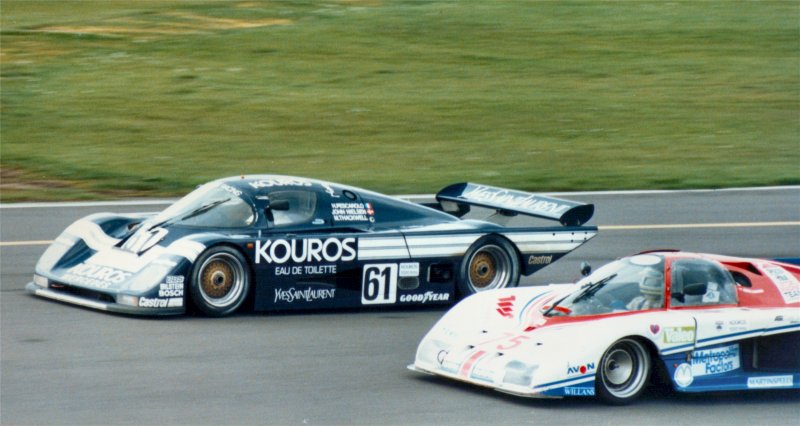
Spice Engineering came to Sportscar racing from Saloon car racing. Gordon Spice had won the British Saloon Car series in a Ford Capri 3.0 litre a few times and drove a Rondeau to a podium place before joining the Group C Junior challenge with a Tiga.
Having taken the title, he then produced his own car, which looked very much like a Tiga, before developing the car further. Spice remaining the strongest force in C2 for most of its existence, only Ecuire Ecosse really offering a consistent threat.
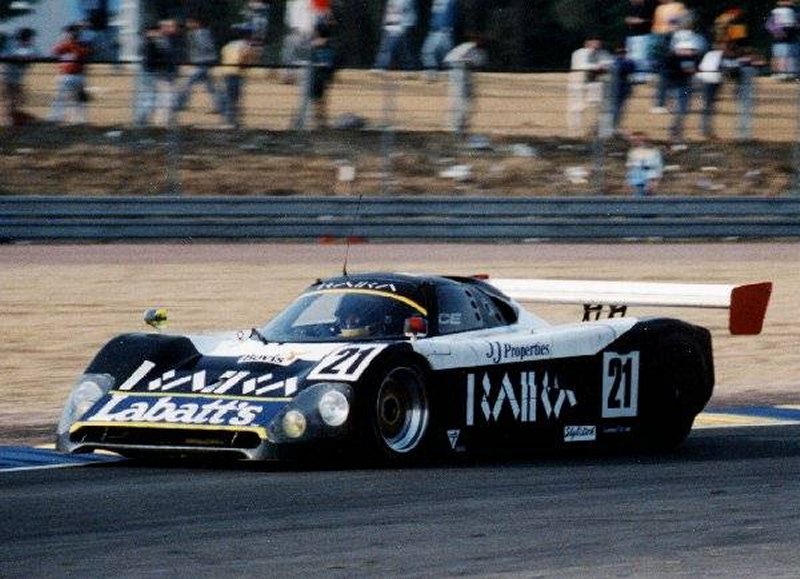
Spice went bust in the early 90s, but they were bought up by Americans and now produced WSC chassis for the Professional Sportscar series.
Ecuire Ecosse - Postman Pat goes racing!
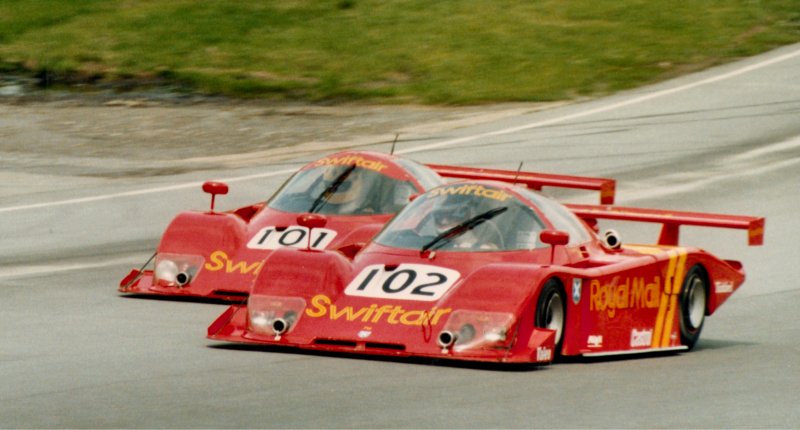
The Ecuire Ecosse name dates back to the late 50s, when a team of blue D-Types mopped up at Le Mans and the other key sportscar races.
In the C2 era, the team ran neat, but frail looking, cars. At first they were frail, but quickly the performance was matched by reliability and they were able to beat the Spices, often after pitch battles.
Due to their Datapost sponsorship, the cars were always referred to as Postman Pat by commentators, but their success, with people like Ray Mallock and David Leslie involved, was certainly no joke. The core of the team is now in the BTCC.
Argo - Power Overkill!
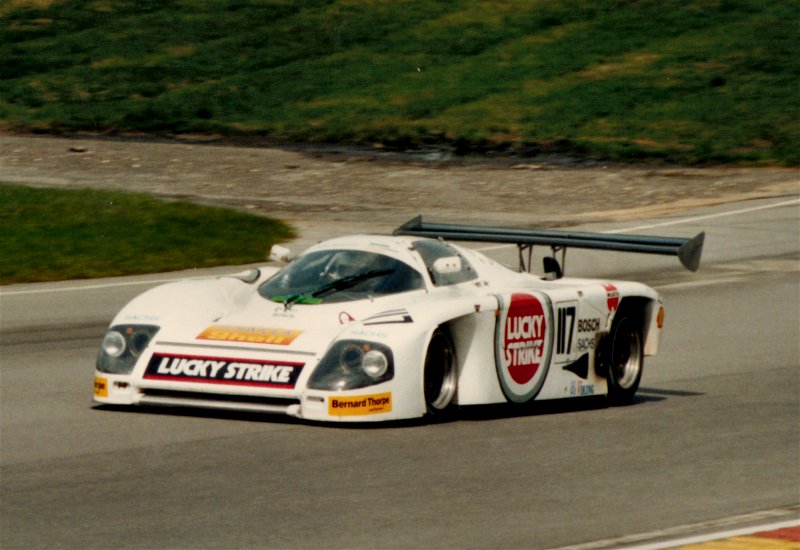
Rallycross nutcase, Martin Schance, decided to try his hand at sportscar racing in the late 80s. His performances were impressive and his F1 turbo powered Argo C2 car was light years ahead of the rest of the class in terms of power. What it lacked was reliability.
After much frustration in which he led most races, but often only briefly, he returned to Rallycross and continues to be a top contender.
The Best of the Rest in C2/C Junior
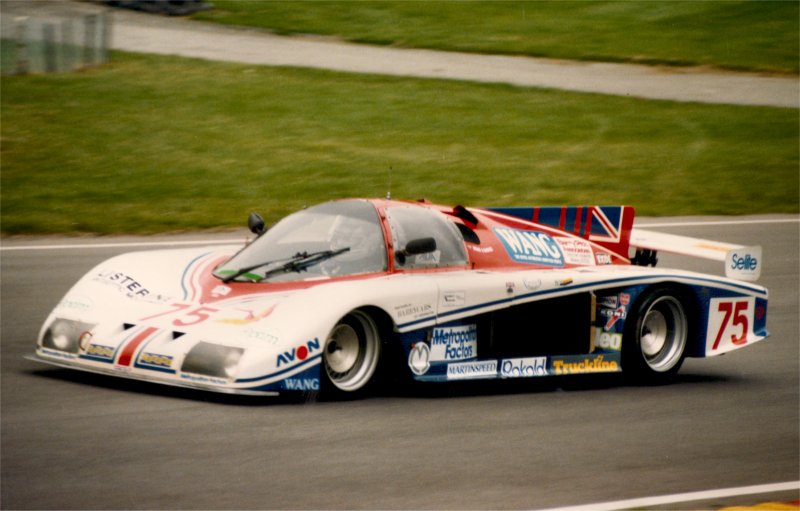
ADA were a team based in West London who achieved considerable success in C2, first with a Gebhardt and then with their own chassis based upon it. They're best known these days for running the De Tomaso Pantera seen in the British and World GT series on ocassions.
When C Junior was launched the top team were Alba. With Ferrari engines they lacked nothing in power, but over time the Cosworth engined Spices matched that and had considerably better reliability.
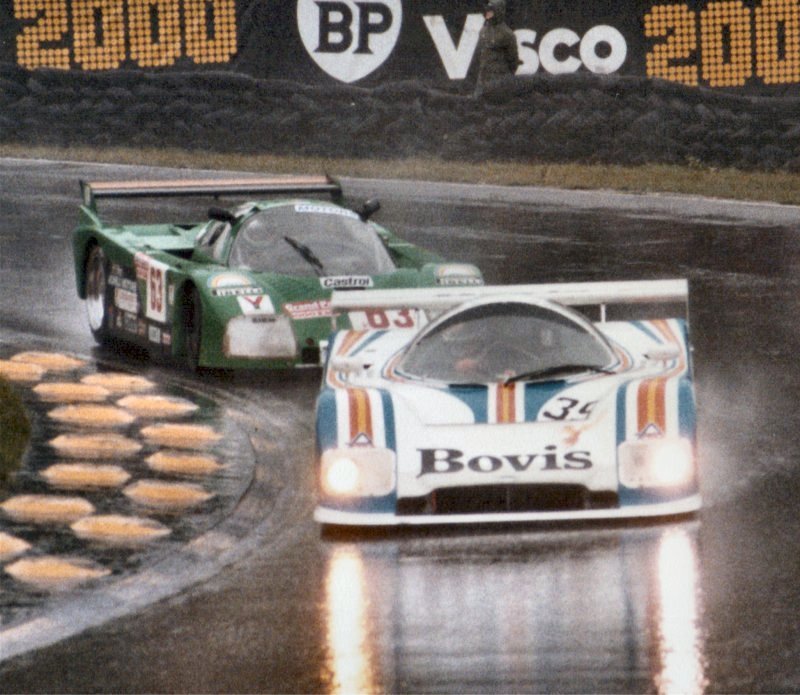
Alba C Junior is lapped by an Aston Martin Nimrod at Brands Hatch, 1983
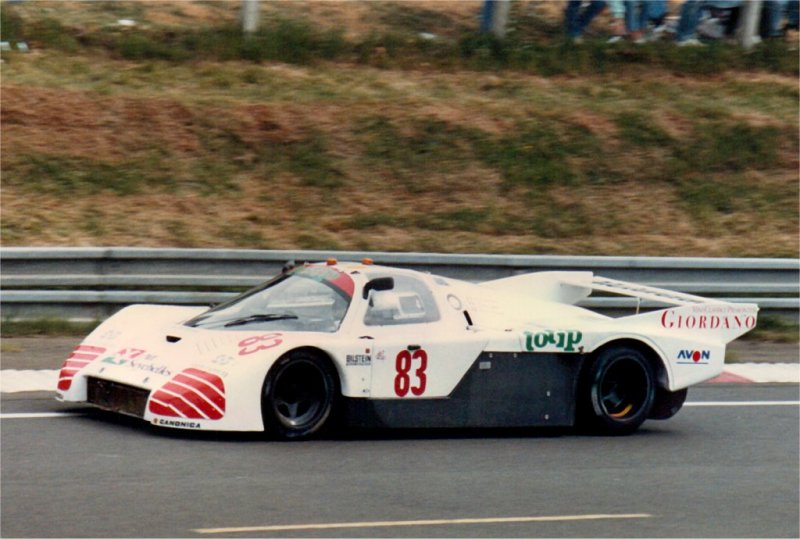
Alba-Ferrari C-Junior at Le Mans
Tigas were run by Spice and many others throughout the C2/C Junior era, but as time went on their cars seemed to be less and less competitive. Eventually, the company stopped making sportscars for Group C and I think they've now gone out of business.The small URD marque also ran in C2, with some success.
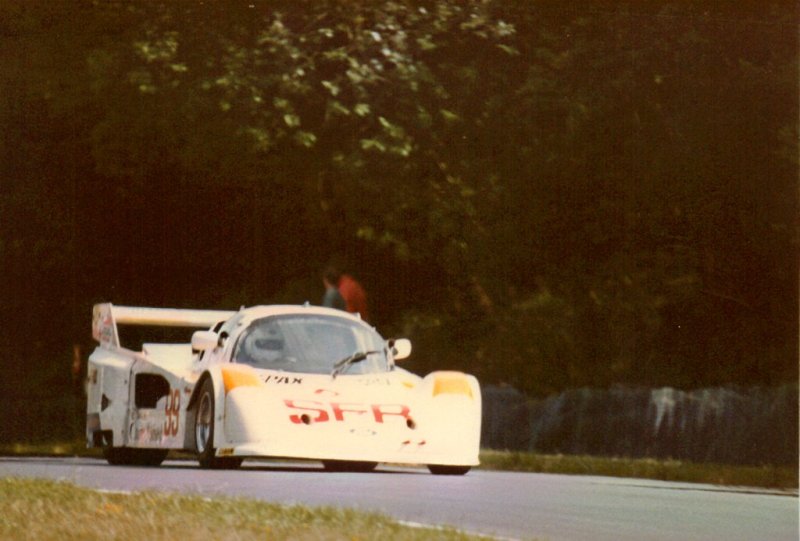
Roy Baker's Tiga at Brands Hatch, 1983
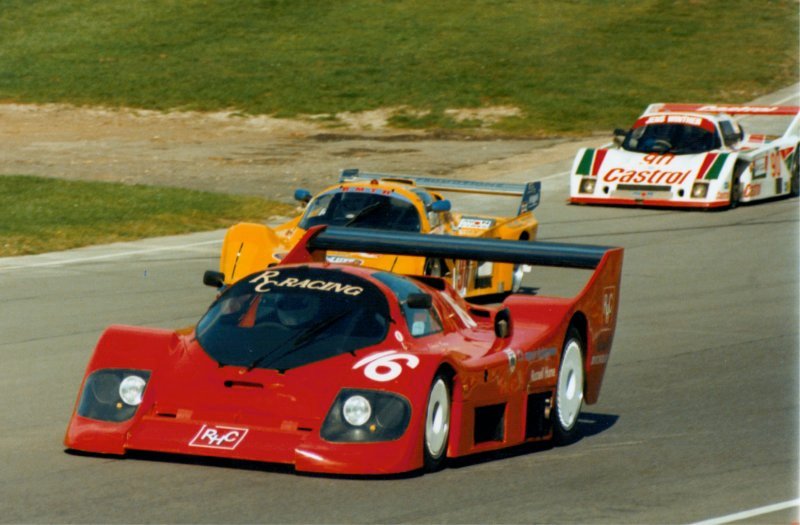
Kremer's C1 CK1 laps a battling Tiga and URD, Brands Hatch, 1983
Back To The Sportscar Racing Page
